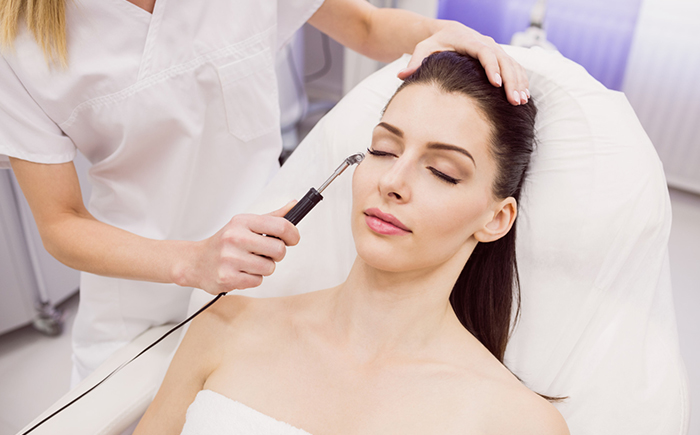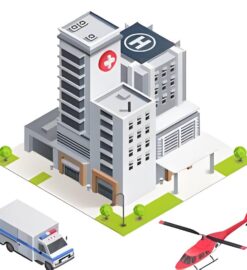Non-Surgical Upper Eyelid Lift: A Quick and Easy Solution in Singapore

If you’ve ever noticed that your eyelids are starting to droop, you’re not alone. Eyelid drooping, also known as ptosis, is a common condition that affects people of all ages. While some cases of ptosis require surgery to correct, there are non-surgical options available for those who are looking for a less invasive treatment. In this article, we’ll explore the causes of eyelid drooping and the non-surgical upper eyelid lift treatments available for upper eyelid lifting.
Causes of Eyelid Drooping
Eyelid drooping can be caused by a variety of factors, including:
Aging
As we age, the muscles that support our eyelids can weaken, causing them to droop. This is a natural part of the aging process and is often accompanied by other signs of aging, such as wrinkles and sagging skin.
Genetics
Some people are born with a predisposition to eyelid drooping, which can be passed down through their family.
Injury or Trauma
Eyelid drooping can also be caused by injury or trauma to the eye area. This can include anything from a sports injury to a car accident.
Neurological Conditions
Certain neurological conditions, such as myasthenia gravis or Bell’s palsy, can cause eyelid drooping.
Non-Surgical Treatments for Upper Eyelid Lifting
For those who are looking for non-surgical upper eyelid lift treatments, there are a few options available.
Fotona Laser
The Fotona laser is a non-invasive laser treatment that can be used to lift and tighten the skin around the eyes. This treatment works by stimulating the production of collagen, which helps to improve the elasticity and firmness of the skin.
HIFU
High-Intensity Focused Ultrasound (HIFU) is another non-surgical option for upper eyelid lifting. This treatment uses focused ultrasound energy to stimulate the production of collagen and improve skin elasticity. HIFU can be used to lift and tighten the skin around the eyes, as well as other areas of the face and body.
Eye Exercises
In some cases, eye exercises can be used to strengthen the muscles that support the eyelids, which can help to reduce drooping. These exercises can be done at home and are often recommended by ophthalmologists and optometrists.
Topical Creams
There are also topical creams available that can be used to improve the appearance of drooping eyelids. These creams work by hydrating and firming the skin around the eyes, which can help to reduce the appearance of sagging.
Conclusion
Eyelid drooping can be a frustrating and embarrassing condition, but there are non-surgical options available for those who are looking for a less invasive treatment. Whether you choose to try a non-surgical treatment like the Fotona laser or HIFU, or you opt for eye exercises or topical creams, there are a variety of options available to help you achieve a more youthful and refreshed appearance.
FAQs
1. Is eyelid drooping a common condition?
Yes, eyelid drooping is a common condition that affects people of all ages.
2. Can eyelid drooping be corrected without surgery?
Yes, there are non-surgical options available for upper eyelid lifting, including the Fotona laser, HIFU, eye exercises, and topical creams.
3. Is eyelid drooping a sign of a serious medical condition?
In some cases, eyelid drooping can be a sign of a serious medical condition, such as myasthenia gravis or Bell’s palsy.
4. Are non-surgical treatments for upper eyelid lifting effective?
Yes, non-surgical treatments like the Fotona laser and HIFU can be effective at lifting and tightening the skin around the eyes.
5. How do I know if I’m a good candidate for non-surgical upper eyelid lifting?
The best way to determine if you’re a good candidate for non-surgical upper eyelid lifting is to consult with a qualified ophthalmologist or optometrist. They can evaluate your condition and recommend the best treatment options for your specific needs.



